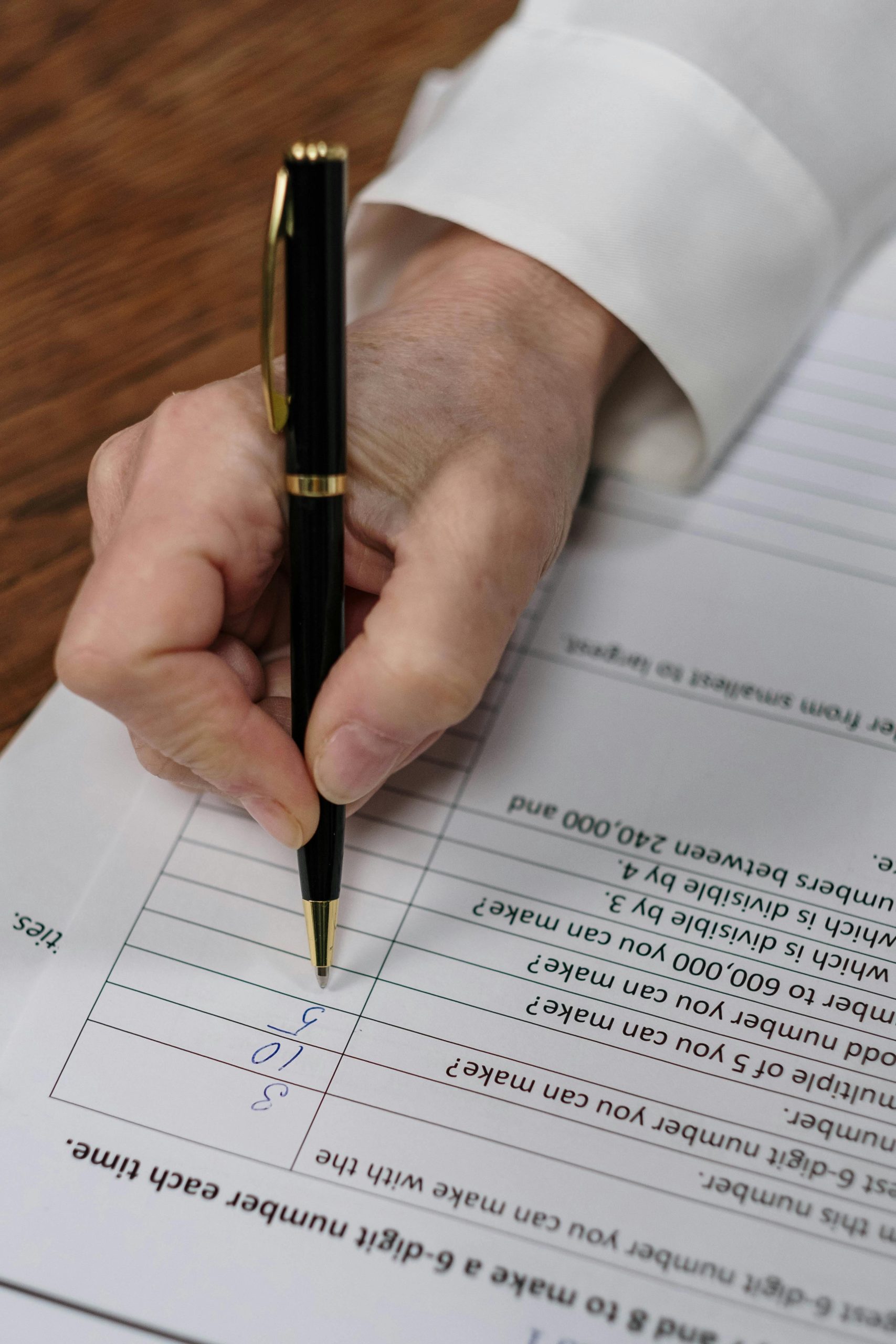Saving Memories: A Comprehensive Guide to Recovering Data from a Failing USB Drive
Introduction
In our modern digital age, USB drives have become indispensable tools for file storage and transfer due to their portability and ease of use. However, like all technology, they are not immune to failure. A common scenario many face is dealing with a dying USB drive that contains precious data, like family photos or important documents. Fear not, as losing your data is not a foregone conclusion. With the right knowledge and tools, you can potentially recover your files and secure them safely. This blog post aims to unravel the mystery behind failing USB drives and provide a detailed roadmap to recover your irreplaceable data.
Understanding USB Drive Failures
Before diving into recovery methods, it’s important to understand why USB drives fail. Knowing the root causes can help prevent future data loss.
Common Reasons for USB Drive Failures
- Physical Damage:
- Drops or physical impacts can damage the USB’s internal components.
-
Exposure to water or extreme temperatures can cause irreversible harm.
-
Wear and Tear:
- USB drives have a limited number of read/write cycles. Over time, these cycles can degrade the storage medium.
-
Regularly writing large amounts of data can accelerate this degradation.
-
File System Corruption:
- Abruptly removing the USB while data is being written can corrupt the file system.
-
Malicious software or viruses can also corrupt data, rendering it inaccessible.
-
Manufacturing Defects:
- Sometimes, defects from the manufacturing process can cause premature failure.
Identifying the Signs of a Dying USB Drive
Early detection can make a significant difference in data recovery success. Here are some signs that your USB drive may be failing:
- Intermittent Connectivity: The drive disconnects and reconnects frequently.
- Slow Data Transfer: Noticeably decreased read/write speeds.
- Unusual Noises: Clicking or grinding sounds indicate hardware issues.
- Error Messages: Receiving messages about unreadable files or the need to format the drive.
- Read-Only Mode: When a USB drive fails, it may switch to read-only mode to prevent further data loss.
Steps to Recover Data from a Failing USB Drive
Now that you are familiar with the symptoms and reasons behind USB failures, let’s explore the steps you can take to recover your data.
1. Stop Using the USB Drive Immediately
Continuing to use a failing USB drive can exacerbate the problem and reduce the chances of recovering data. Avoid writing new data to the drive to prevent overwriting existing files.
2. Use a Different USB Port or Computer
Sometimes the issue may lie with the USB port or the computer itself. Test the drive on different USB ports and computers to rule out these possibilities.
3. Check for Logical Errors
You can attempt to fix logical errors using built-in tools before proceeding to more complex solutions.
Using Windows Disk Management:
- Open File Explorer, right-click on the USB drive, and select Properties.
- Go to the Tools tab and click on Check under the Error-checking section.
- If prompted, select Scan and Repair Drive.
Note: If the drive is in read-only mode, this method may not work.
4. Data Recovery Software
If basic troubleshooting doesn’t work, data recovery software can be a powerful option.
Popular Software Options
- Recuva: A user-friendly tool that’s effective for recovering images and documents.
- EaseUS Data Recovery Wizard: Known for its extensive functionality covering numerous data loss scenarios.
- TestDisk & PhotoRec: Advanced, open-source tools suitable for tech-savvy users.
Using Data Recovery Software:
- Download and install the software on a different drive (not the failing USB).
- Launch the software and select the failing USB drive from the list of devices.
- Follow the prompts to begin the recovery process. The software will attempt to locate and copy recoverable files to a safe location on your computer.
5. Seek Professional Help
If your attempts to recover data using software fail, or if the USB drive has suffered physical damage, consulting with a professional data recovery service is advisable. These professionals possess specialized tools and knowledge to recover data from severely damaged devices.
Preventing Future Data Loss
While recovering data from a failing USB drive is crucial, preventing future data loss should also be a priority.
Regular Backups
- Keep multiple copies of important files in different locations.
- Use cloud storage services such as Google Drive or Dropbox for additional redundancy.
Safe Usage Practices
- Always eject the USB drive properly before disconnecting it to avoid file system corruption.
- Avoid using the USB drive on devices that may contain viruses or malware.
Choose High-Quality USB Drives
Invest in reliable USB brands known for durability to reduce the risk of failure.
Conclusion
Data loss from a failing USB drive can be a stressful experience, especially when it contains sentimental or crucial information. However, by understanding the causes of failures and using proper recovery methods, you can often retrieve your data safely. Remember, the key to avoiding such scenarios in the future is prevention through regular backups and careful handling of your devices. By taking proactive measures, you can ensure your data remains secure and accessible, no matter what challenges your USB drive may face.
Share this content:




Response to “Backing up data from dying USB”
Thank you for the comprehensive guide on recovering data from failing USB drives! It’s indeed a nerve-wracking experience when a drive starts to show signs of failure, especially with invaluable data at stake. Here are a few additional tips and thoughts based on experience that may help further:
Utilizing Command Line Tools
For users comfortable with command line interfaces, both Windows and Mac offer tools that can sometimes handle deeper disk repair issues:
chkdsk X: /f, replacingXwith your USB drive letter. This can often fix logical errors that the GUI method might miss.Disk Utilityapp provides a ‘First Aid’ feature which can help repair a failing USB drive.Considerations for Data Recovery Software
While you provided a great list of software, I’d suggest checking for user reviews regarding their effectiveness, particularly with specific file types you might need to recover. Additionally:
Thank you for sharing this detailed guide on backing up data from a failing USB drive. As a support engineer, I recommend emphasizing the importance of precautions before attempting recovery. Always stop using the drive immediately to prevent overwriting data, and avoid trying to repair hardware issues yourself unless you have the necessary expertise. Using reliable data recovery software, like Recuva or EaseUS Data Recovery Wizard, can significantly improve your chances of retrieving valuable files without further damage. Additionally, if software solutions do not work or if the drive has physical damage, professional data recovery services are your best option. Implementing regular backups and safe usage practices, such as proper eject procedures and using high-quality USB drives, will help prevent similar issues in the future. If you need assistance with a specific recovery attempt or hardware inspection, please feel free to contact us. We’re here to help you recover your memories safely and efficiently.